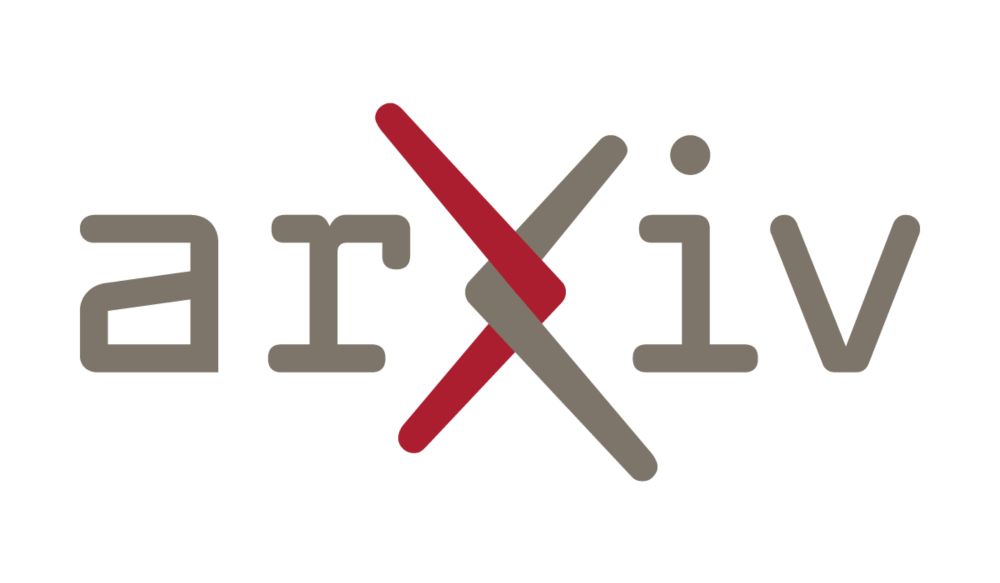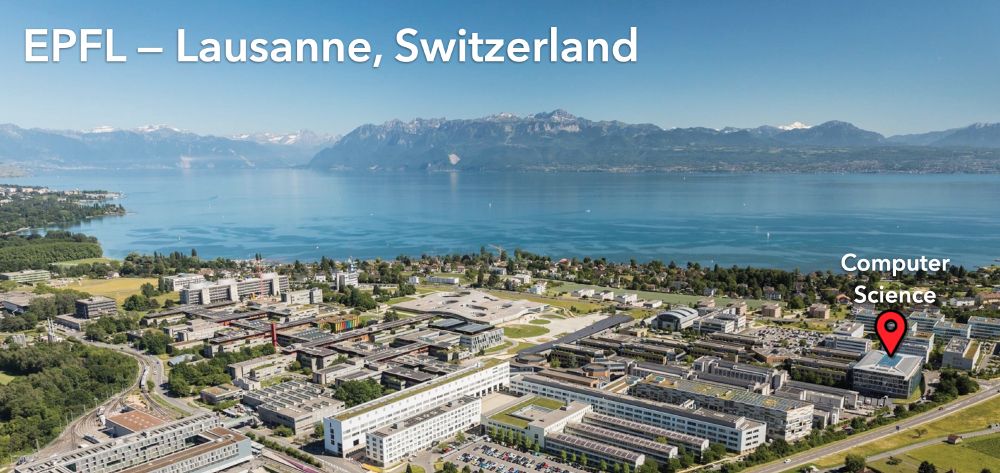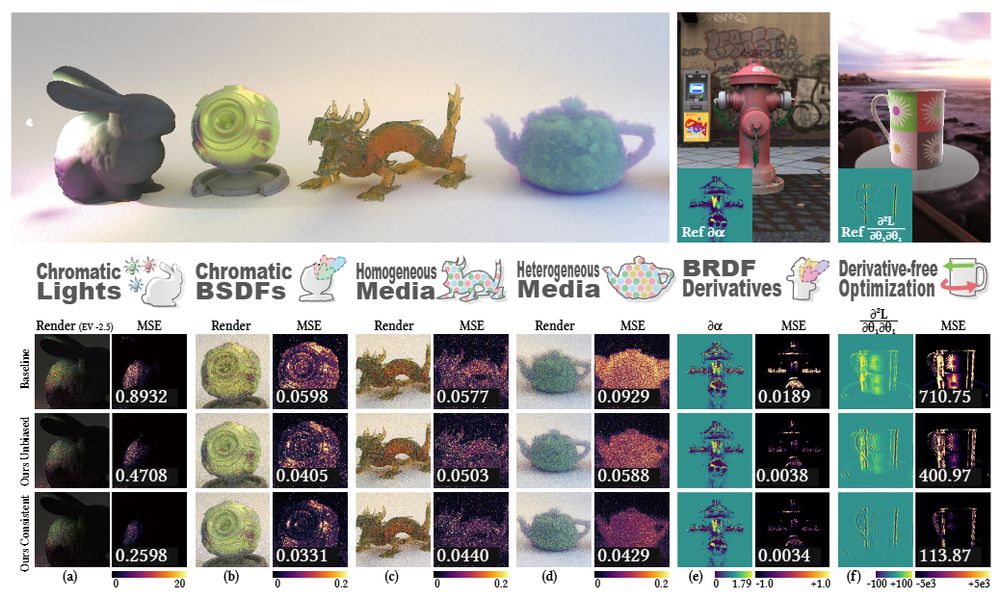Tzu-Mao Li
@tzumaoli.bsky.social
680 followers
280 following
47 posts
https://cseweb.ucsd.edu/~tzli/
computer graphics, programming systems, machine learning, differentiable graphics
Posts
Media
Videos
Starter Packs
Reposted by Tzu-Mao Li
Tzu-Mao Li
@tzumaoli.bsky.social
· Aug 7
Tzu-Mao Li
@tzumaoli.bsky.social
· Jun 28
Tzu-Mao Li
@tzumaoli.bsky.social
· Jun 14

SIGGRAPH 2025 Technical Papers Awards: Best Papers, Honorable Mentions, and Test-of-Time - ACM SIGGRAPH Blog
Celebrate the Technical Papers Best Papers, Honorable Mentions, and Test-of-Time awardees and preview the research to come at SIGGRAPH 2025.
blog.siggraph.org
Tzu-Mao Li
@tzumaoli.bsky.social
· Jun 14
Tzu-Mao Li
@tzumaoli.bsky.social
· Jun 14
Tzu-Mao Li
@tzumaoli.bsky.social
· Jun 10
Tzu-Mao Li
@tzumaoli.bsky.social
· May 31
Reposted by Tzu-Mao Li
Tzu-Mao Li
@tzumaoli.bsky.social
· May 12
Tzu-Mao Li
@tzumaoli.bsky.social
· Apr 19
Tzu-Mao Li
@tzumaoli.bsky.social
· Mar 29

Phase Transitions, Distance Functions, and Implicit Neural Representations
Representing surfaces as zero level sets of neural networks recently emerged as a powerful modeling paradigm, named Implicit Neural Representations (INRs), serving numerous downstream applications in ...
arxiv.org







